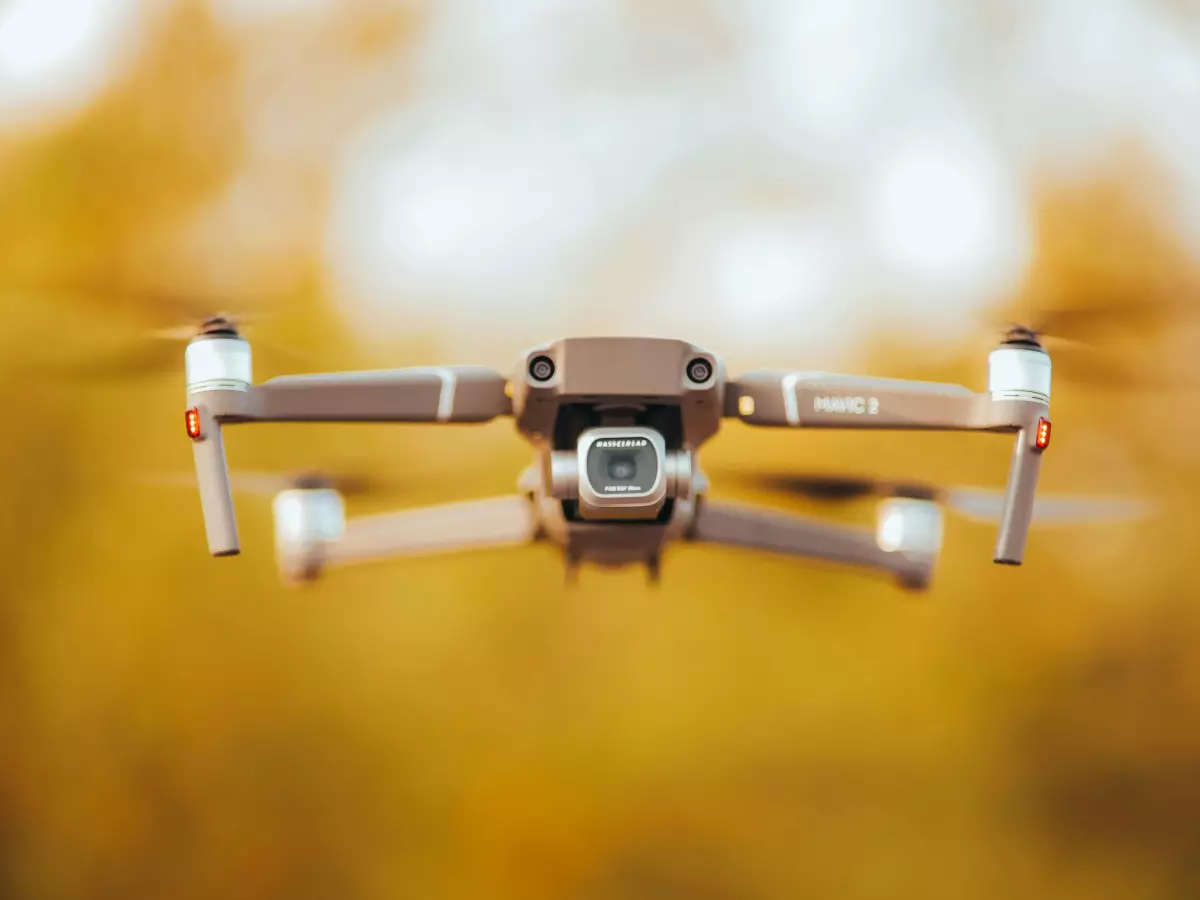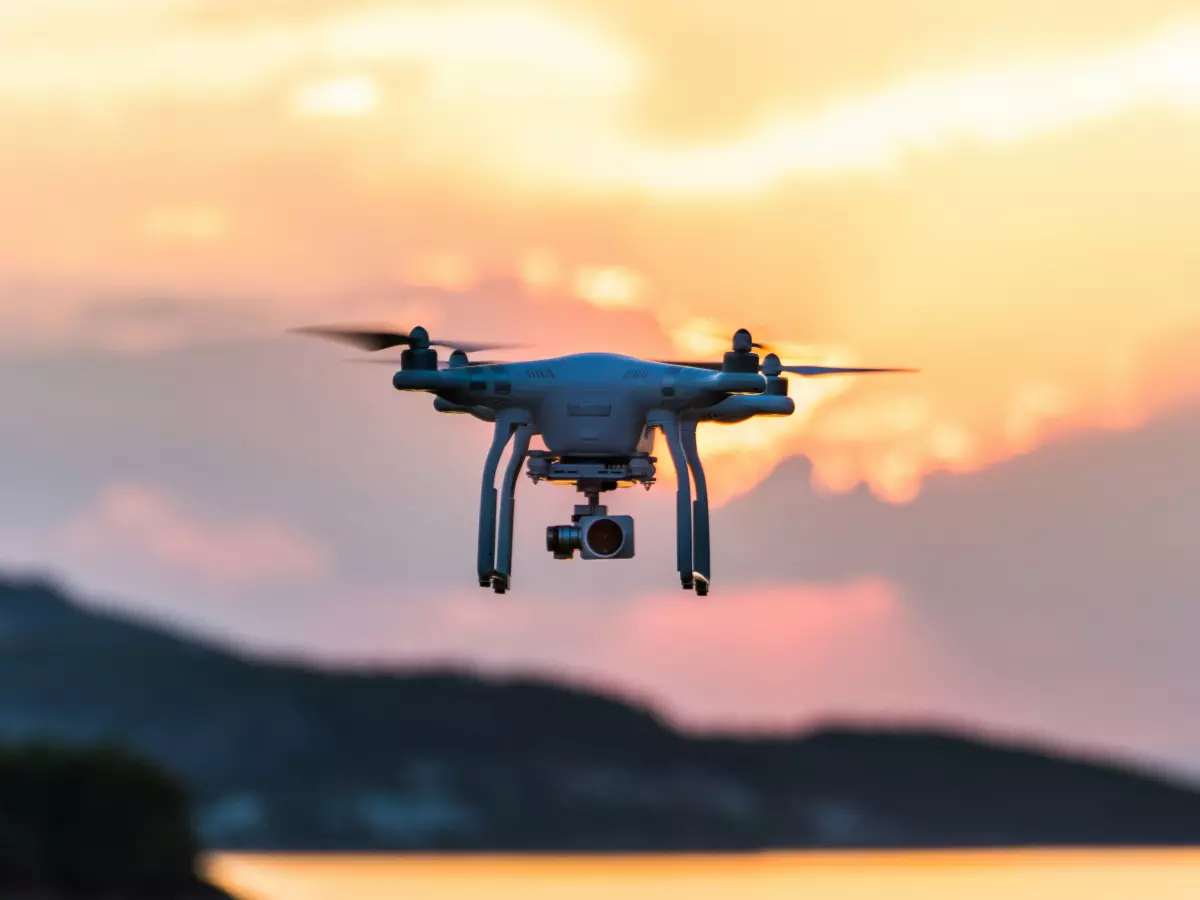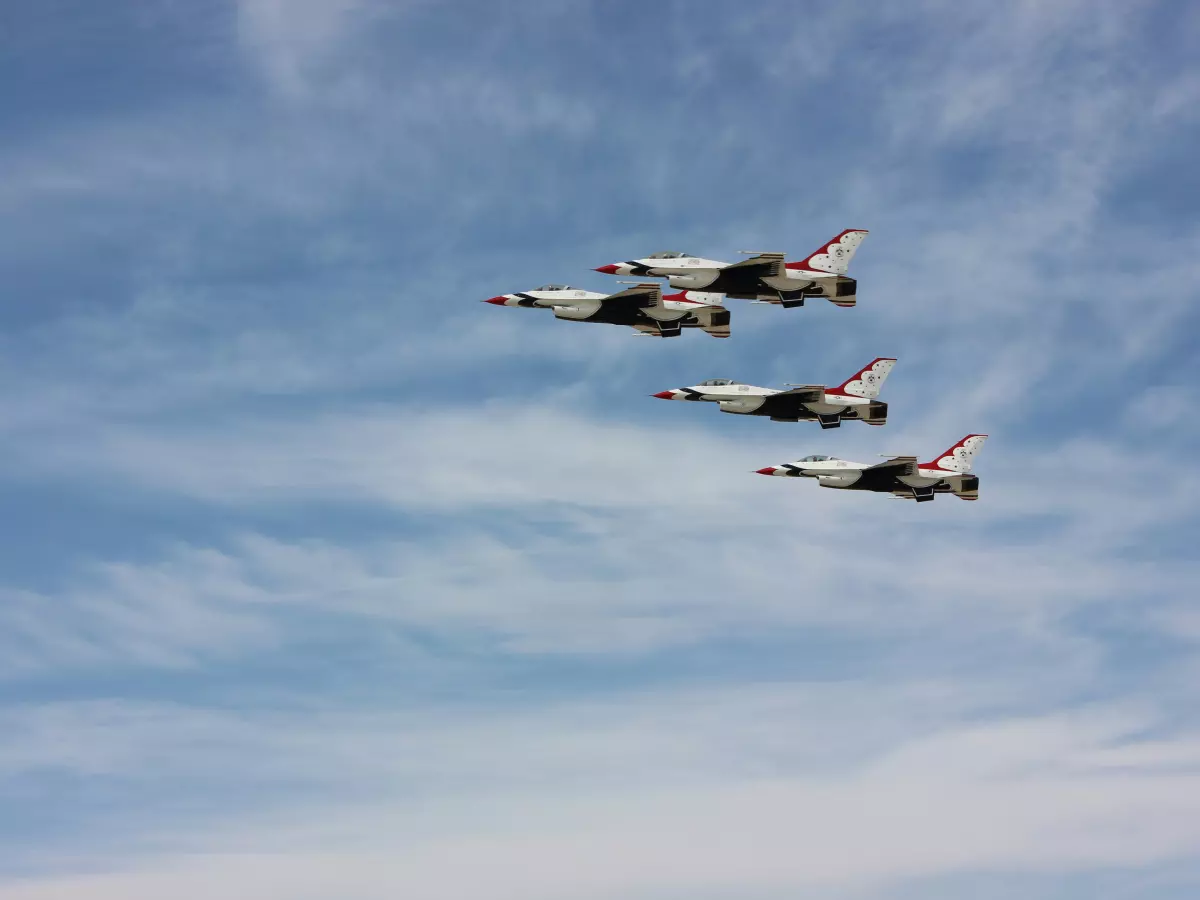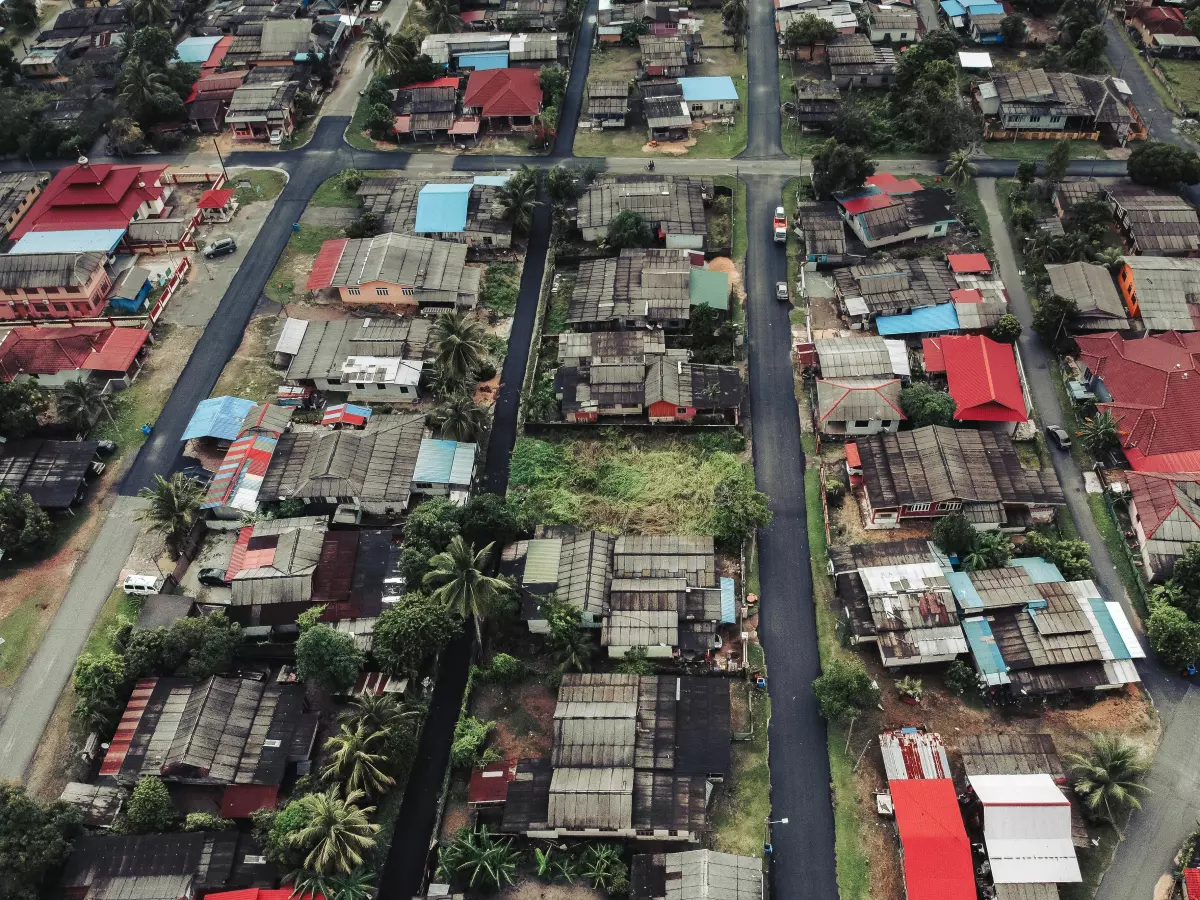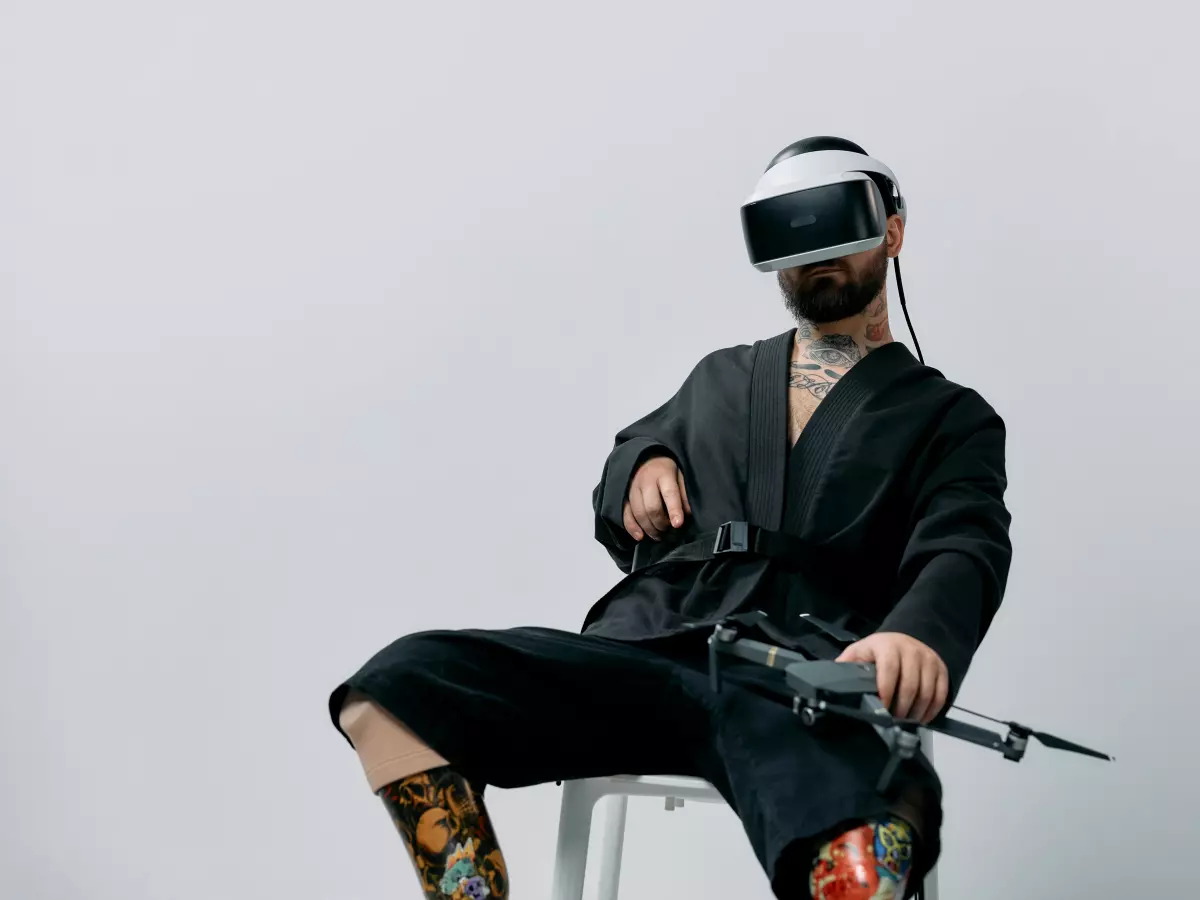Brains in the Sky
Ever wondered how drones manage to fly so smoothly and autonomously? Is it just a matter of good hardware, or is there more to it?
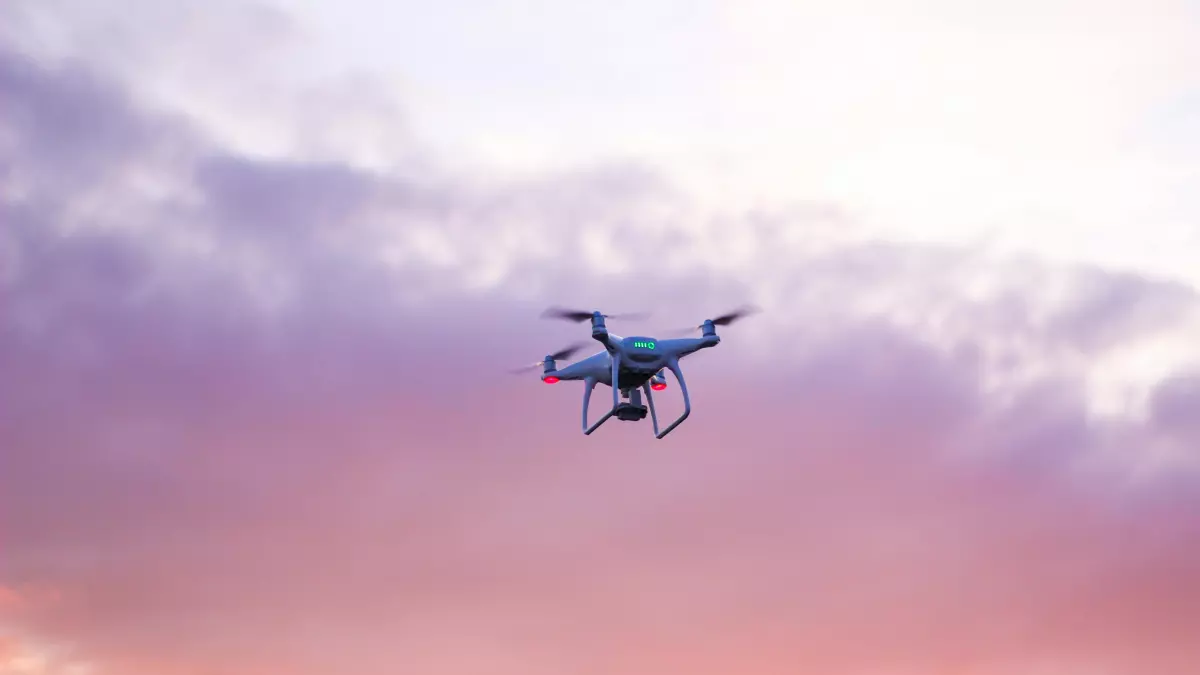
By Priya Mehta
Many people think that drone autonomy is all about having the latest AI or the most advanced sensors. While these elements are essential, they’re not the whole story. In reality, the magic behind a drone’s ability to fly, avoid obstacles, and make decisions in real-time comes from a combination of flight control software and sensor fusion. These two systems work together in ways that are often overlooked, but they are the real brains behind the drone’s smooth operations.
So, what exactly is flight control software, and how does it interact with sensor fusion to give drones their autonomy? Let’s dive into the technical details and explore how these systems work together to make drones smarter, faster, and more reliable.
What is Flight Control Software?
Flight control software is essentially the brain of the drone. It’s responsible for managing the drone’s movements, ensuring stability, and executing commands from the user or an onboard AI. Think of it as the autopilot system in an aircraft, but way more advanced and tailored for smaller, more agile machines.
At its core, flight control software processes input from various sensors—like gyroscopes, accelerometers, and GPS—to maintain balance and direction. It also handles more complex tasks like adjusting the drone’s speed, altitude, and orientation based on real-time data. The software is designed to make split-second decisions, ensuring that the drone remains stable even in unpredictable conditions, such as gusts of wind or sudden changes in terrain.
But flight control software doesn’t operate in isolation. It relies heavily on sensor data to make informed decisions, and that’s where sensor fusion comes into play.
Sensor Fusion: The Data Blender
Sensor fusion is the process of combining data from multiple sensors to create a more accurate and reliable understanding of the drone’s environment. Each sensor provides a piece of the puzzle, but it’s only when these pieces are combined that the drone can get a full picture of its surroundings.
For example, a drone might use a combination of GPS, cameras, and LiDAR to navigate. GPS gives the drone its location, but it’s not always precise, especially in areas with poor satellite coverage. Cameras can help the drone “see” obstacles, but they might struggle in low-light conditions. LiDAR, on the other hand, can map the environment in 3D, but it’s not great at detecting objects far away. By fusing data from all these sensors, the drone can overcome the limitations of each individual sensor and make more informed decisions.
This fusion of data is critical for tasks like obstacle avoidance, navigation, and landing. Without sensor fusion, the drone would have to rely on a single sensor, which could lead to errors or even crashes. By blending data from multiple sources, the drone can operate more safely and efficiently.
Autonomy: The End Goal
So, how do flight control software and sensor fusion work together to achieve autonomy? The answer lies in their ability to complement each other. Flight control software provides the decision-making framework, while sensor fusion supplies the data needed to make those decisions.
Imagine a drone flying through a forest. The flight control software is constantly adjusting the drone’s speed and direction to avoid trees and maintain a steady altitude. Meanwhile, sensor fusion is working in the background, combining data from cameras, LiDAR, and GPS to give the drone a clear understanding of its surroundings. Together, these systems allow the drone to fly autonomously, without the need for human intervention.
But autonomy isn’t just about avoiding obstacles. It’s also about making decisions in real-time. For example, if the drone encounters a sudden change in weather, the flight control software can adjust the drone’s flight path to avoid turbulence or rain. Sensor fusion helps by providing the necessary data, such as wind speed and direction, to make these adjustments.
In more advanced drones, autonomy can extend to tasks like package delivery, search and rescue, or even aerial photography. The more data the drone can process, the more autonomous it becomes. And as sensor technology continues to improve, we can expect drones to become even more capable of operating independently.
The Future of Drone Systems
As drone technology continues to evolve, the relationship between flight control software and sensor fusion will only become more important. We’re already seeing drones that can fly autonomously for extended periods, navigate complex environments, and even work together in swarms. But there’s still a lot of room for improvement.
One area of development is in predictive flight control. This involves using machine learning algorithms to predict the drone’s future movements based on past data. By anticipating changes in the environment, the flight control software can make adjustments before they’re needed, leading to smoother and more efficient flights.
Another exciting development is in the field of swarm intelligence. This involves multiple drones working together to complete a task, such as mapping a large area or conducting a search and rescue mission. By sharing data through sensor fusion, these drones can operate as a cohesive unit, making them more efficient and effective than a single drone working alone.
So, what’s next for drone systems? Will we see fully autonomous drones that can operate without any human input? It’s certainly possible, but we’re not quite there yet. For now, the combination of flight control software and sensor fusion remains the key to unlocking the full potential of drone autonomy.
Final Thoughts
So, the next time you see a drone zipping through the sky, remember that it’s not just a fancy piece of hardware. Behind the scenes, flight control software and sensor fusion are working together to keep the drone flying smoothly and autonomously. These systems are the real brains of the operation, and as they continue to evolve, we can expect drones to become even smarter and more capable.
What do you think the future holds for drone autonomy? Will we see fully autonomous drones in the near future, or will human input always be required?
